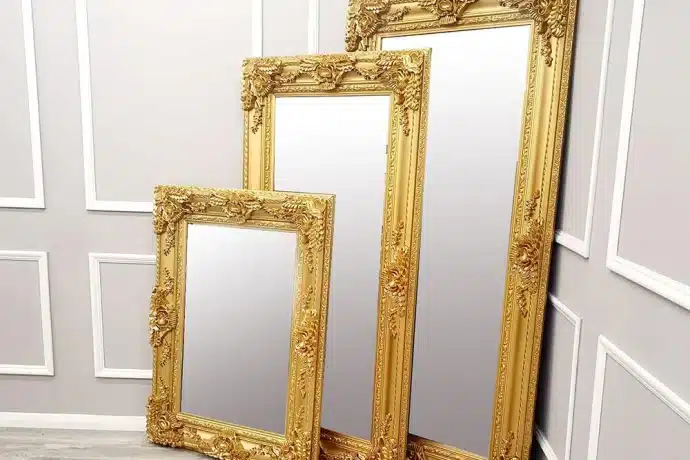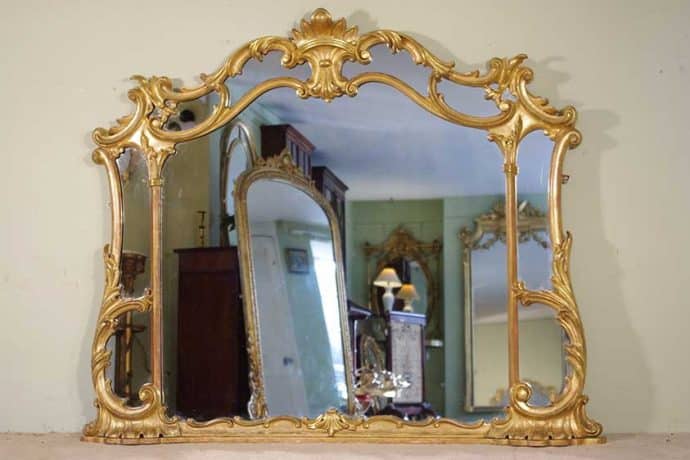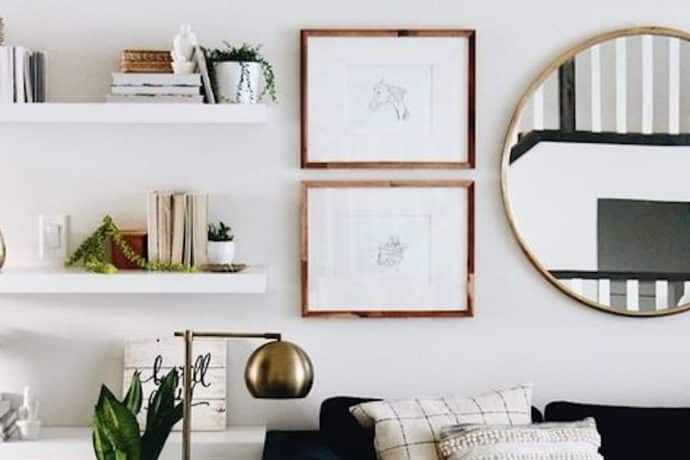Why Is Seeing Your Own Reflection So Important?
Throughout history, mirrors have been associated with vanity and narcissism. But in everyday life, many people tend to avoid looking at themselves for more than a glance. They don’t want to activate their critical thoughts about their appearance. We are socialized to compare our physical image with ideals and standards. That’s how we typically use mirrors. But, whether we realize it or not, mirrors and reflective surfaces also play an important role in our psychological and emotional functioning.
- Reflections help us develop our sense of self.
Mirrors are used to test self-recognition in humans and animals. Researchers infer that if subjects can tell that the image on the reflective surface is them, then they have developed a cognitive sense of self. Children learn to recognize Own Reflection themselves in the mirror at around 20 months. Before that, they regard their reflection in the mirror as either another baby they want to play with or something strange and suspicious. But once they get to 20 months, they recognize themselves, as do other mammals, such as primates and dolphins. Mammals with longer periods spent close to their mother in early development are more likely to have the ability to self-recognize in the mirror.
We come to develop a sense of self through early interactions in which our caregivers mirror or imitate our movements and emotional expressions and respond to us in ways that give us feedback that we are separate from them and that our behavior creates a reaction in them. It seems that we need a context outside ourselves to self-recognize—other people reflect us as individuals, and mirrors do too.
- Reflections allow us to shift our perspective.
A classic variation of the Own Reflection study involves putting a spot of paint on a subject’s forehead while they are sleeping or otherwise unaware of it. The subject (human or animal) will attempt to wipe the spot, not from the mirror, but from their forehead—thus demonstrating that they know the mirror is their reflection. Humans and animals will also show signs of embarrassment about the spot—suggesting that we are hardwired to care about how we look to others.
And as adults, many of us tend to overdo it, by habitually criticizing our appearance in the mirror. While most people are mildly self-critical, about 1 percent of the population has Body Dysphoric Disorder (BDD), a mental health disorder characterized by a continued obsession with one or more parts of the body, which causes severe distress that interferes with daily functioning. Mirror exposure therapy has been used effectively to treat BDD in conjunction with cognitive-behavioral therapy. By looking directly in a mirror for a prolonged time and describing what they see to a therapist, the mirror becomes a tool to challenge BDD sufferers’ distorted views of themselves.
How we look at ourselves in the mirror turns out to be essential. It makes all the difference in whether you feel better or worse. Researchers Windheim et al. (2012) found that, contrary to their prediction, not only participants with BDD but also those without BDD, experienced an increase in distress and self-focused criticism when looking Own Reflection in the mirror for 10 minutes.
The mirror can be used to critique ourselves. But it also offers perspective on just how unkindly we’re treating ourselves. Our preliminary research shows that looking to be kind to yourself can reduce anxiety and self-criticism (Well, et al., 2016). So, looking with kind intention can reduce anxiety, whereas looking without kind intention can allow the inner critic to run amok.
- Reflections make us less socially awkward.
Articles document several quasi-research studies and personal experiments of going cold turkey by giving up the looking glass for a few days to as long as six years. These accounts are strikingly similar. At first, people appreciate the break from the relentless self-criticism triggered by the mirror itself. But as the experiment progresses, they start to avoid social interaction and seem to become more socially awkward. Why?
We use the mirror as we do face-to-face communication: to get feedback on who we are and what we are experiencing in the moment. A glance in the mirror reaffirms our sense of self. Mirrors help us regulate our emotions and sync up with ourselves and others. Mirrors simulate face-to-face contact with others. When we are in face-to-face interactions, we get feedback on what they are experiencing internally from others’ reactions to us. Research finds that face-to-face contact is essential for developing emotion regulation in childhood and throughout life.
People with social anxiety often cannot recognize their own emotions in own reflection. It’s reasoned that because they spend less time in social interactions, they miss the face-to-face feedback that would help them be more aware and better regulate their emotions. Psychologists Vinai et al. (2015) have conducted studies using mirrors and video technology to help people recognize their own emotions and teach them “self-mirroring” to soothe themselves when they’re feeling anxious, and others aren’t around to offer reflection and support.
- Reflections ground us in our bodies.
Mirrors play a role in how we experience our physical bodies, too. Own Reflection in Mirror therapy has been used to help people who’ve had nerve injuries and limb amputations feel connected to their bodies again. How does it work? In addition to vision, we experience our physical body through proprioception, which is the perception of movement and spatial orientation arising from stimuli within the body itself. Experiments that use mirrors to create visual anomalies show that our brains crave consistency between vision and proprioception. For instance, arranging mirrors to make it look as if your left hand is your right will generally create a feeling of confusion and disorientation.
A phantom limb is the sensation that an amputated or missing limb is still attached. About 60 to 80 percent of individuals with an amputation experience painful phantom sensations in their amputated limb. A mirror box is a box with two mirrors in the center — one facing each way — invented by V. S. Ramachandran to help alleviate phantom limb pain. The patient sits with a mirror facing the remaining leg, moves the remaining leg, and watches the reflection in the mirror so that it appears that both the good and the amputated leg are moving. This technique has been found to decrease painful phantom sensations. It seems the mirror creates a reflective illusion of the affected limb and tricks the brain into thinking movement occurred without pain.
A glance in the mirror may do more for you than you realize. If you’re not feeling quite yourself today, consider taking the time for a thoughtful look in the mirror. Try it here.








Leave a comment